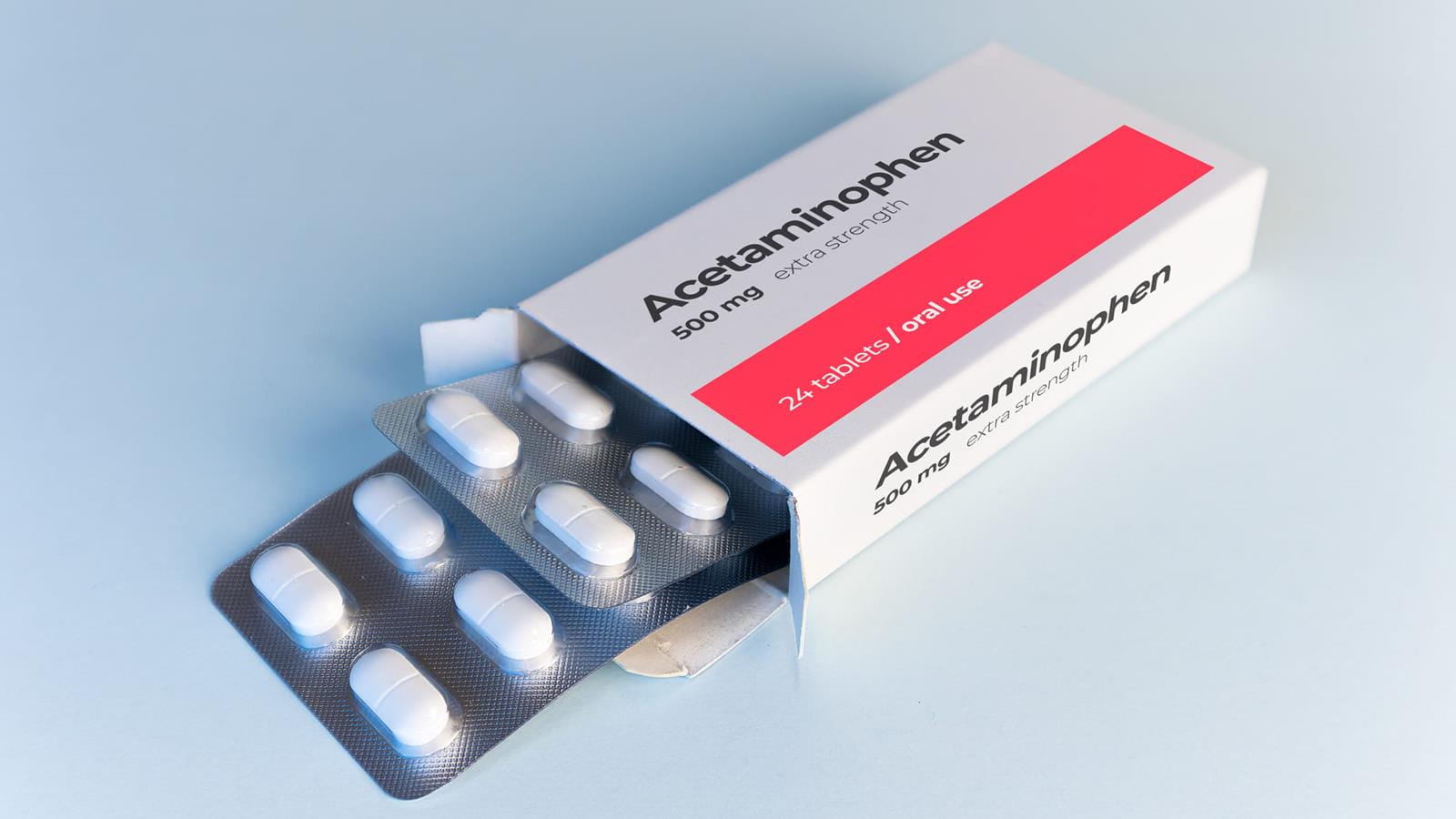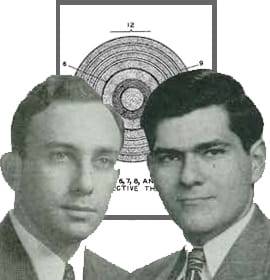Barcode 60th Anniversary

- No link between acetaminophen use during pregnancy and children's autism risk
- Drexel Recognizes Gregory E. Deavens, CPA, CGMA as Business Leader of the Year
- Through Connections and Community, Drexel Course Helps Launch Computer Lab in Tanzania
- $15 Million Gift from Howley Foundation Expands Drexel Scholarship Program for Local Graduates

In 1952 a pair of graduate students from school then called the Drexel Institute of Technology, patented a system for instant electronic recall of product information using patterns of lines of varying widths. Sixty years later, the barcode remains an enduring symbol of technology that’s stood the test of time. On Monday, Oct. 22 Drexel and the IEEE (Institute of Electrical and Electronics Engineers) commemorated the anniversary of this invention by dedicating a plaque honoring Norman Joseph Woodland and Bernard Silver in Drexel’s Bossone Research Enterprise Center.
The ceremony will dub Drexel, “The Birthplace of the Barcode,” as an official IEEE Milestone in Electrical Engineering and Computing. The IEEE Milestone program is part of the organization’s initiative to recognize historically significant contributions to engineering and technology. At present, there are approximately 100 IEEE Milestones worldwide.
“Drexel University is extremely pleased to be given the official recognition of the IEEE on account of being the birthplace of the barcode,” said Dr. Moshe Kam, Department Head of Electrical and Computer Engineering and 2011 President and CEO of the IEEE. “This important invention, made by students at the then Drexel Institute of Technology, epitomizes what our University and its College of Engineering stand for: mastery of the state of the art; innovation in the service of the public; a good sense of the practical and of what new technology can do to improve human welfare; solid vision regarding the expected progress of applied science and engineering; and understanding of commercial potential of new technology and the markets.”
In 1948, the head of a local grocery store chain came to Drexel in hopes of tapping the institution’s engineering brainpower to develop a way to read product data during the checkout process. At the time, card reading equipment that was used in stores was bulky and expensive. Early inspirations for the barcode came from Morse code – a system of dots and dashes used to send coded messages via the telegraph.
“I just extended the dots and dashes downwards and made narrow lines and wide lines out of them,” Woodland said in a Wonders of Modern Technology article.
To read the codes, Woodland came up with a way of shining light through the lines to a light sensitive tube on the other side that converted the varying brightness of the light coming through the paper into electric waves that could be process to deliver information. Silver crafted the original coding system, which was in the form of a bull’s eye – so that it could be scanned in any direction. The engineers filed for a patent on the system on Oct. 20, 1949.
The barcode was first used in grocery stores in 1966 and saw widespread use after the Universal Grocery Products Identification Code was created in 1970 to standardize common grocery items. Today, the system is used around the world and has also become important to the medical field where it is used to retrieve patient information. In 2011, Silver and Woodland were inducted into the National Inventors Hall of Fame.
“It is noteworthy, that when Silver and Woodland invented the Barcode here at Drexel many elements of the necessary machinery were still unavailable,” Kam said. “For example there were no mechanisms for reliable scanning. Yet the young inventors and visionaries were able to predict the pace of expected technical progress and set the stage for implementation at the right time. Then, as well as now, we expect great inventions to come from our students, and the example of Silver and Woodland serve as guidance and inspiration for us.”
Drexel’s commemoration ceremony included presentations by Kam; Tao Xian and Patrick Giordano from Honeywell and Paul A. Moskowitz from IBM.
In This Article
Contact
Drexel News is produced by
University Marketing and Communications.